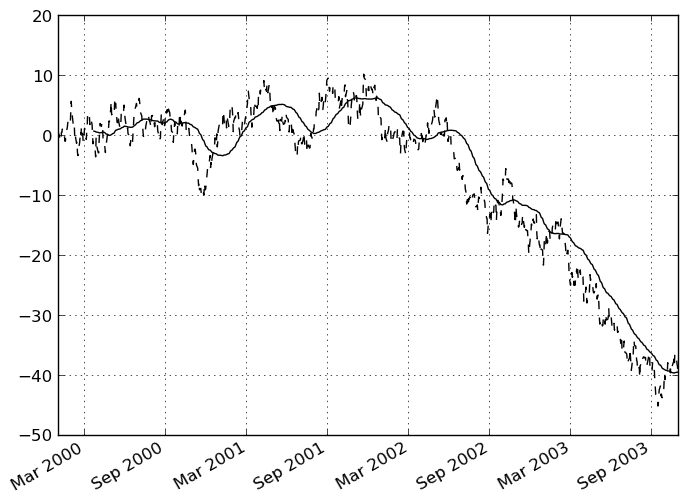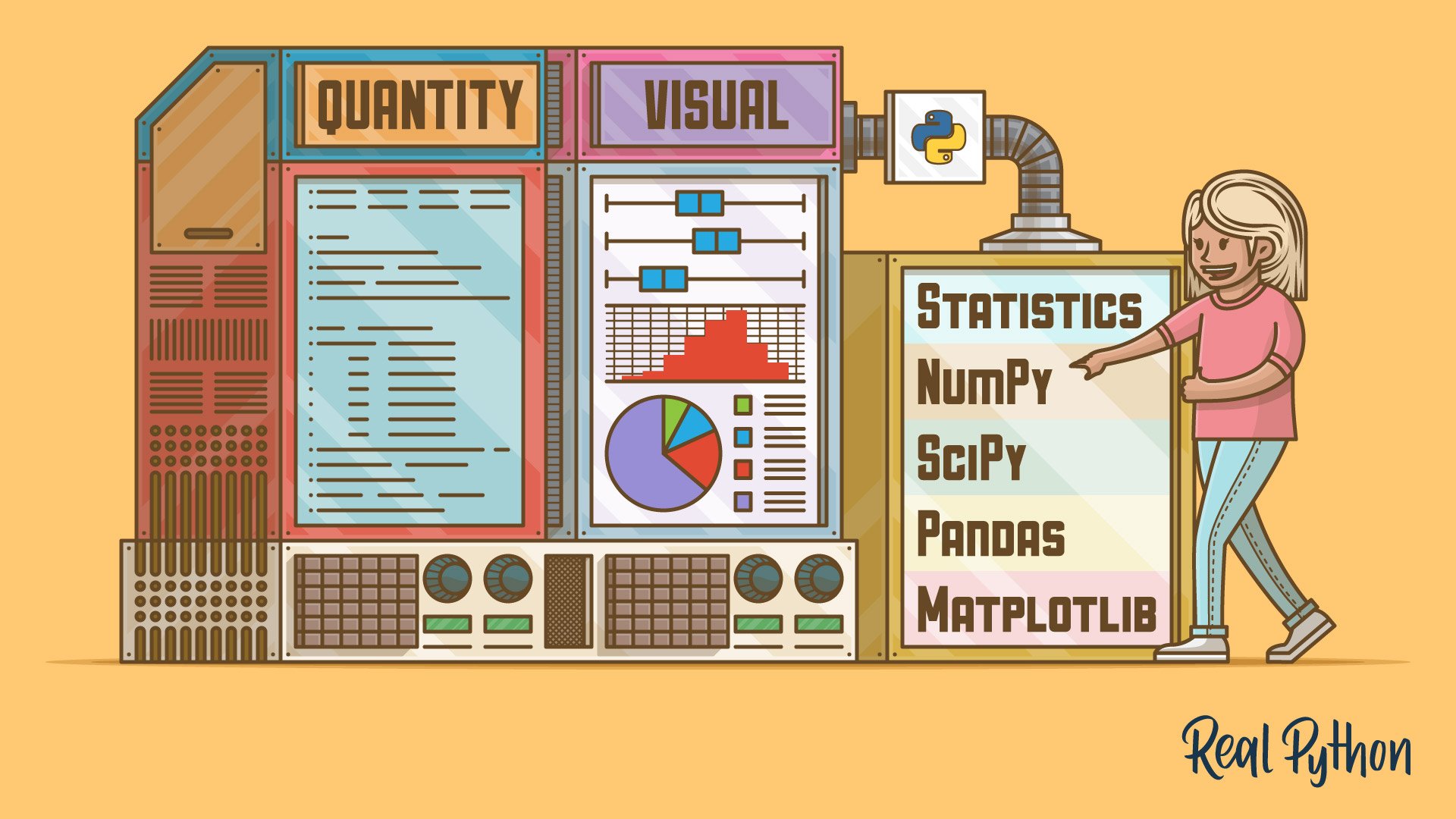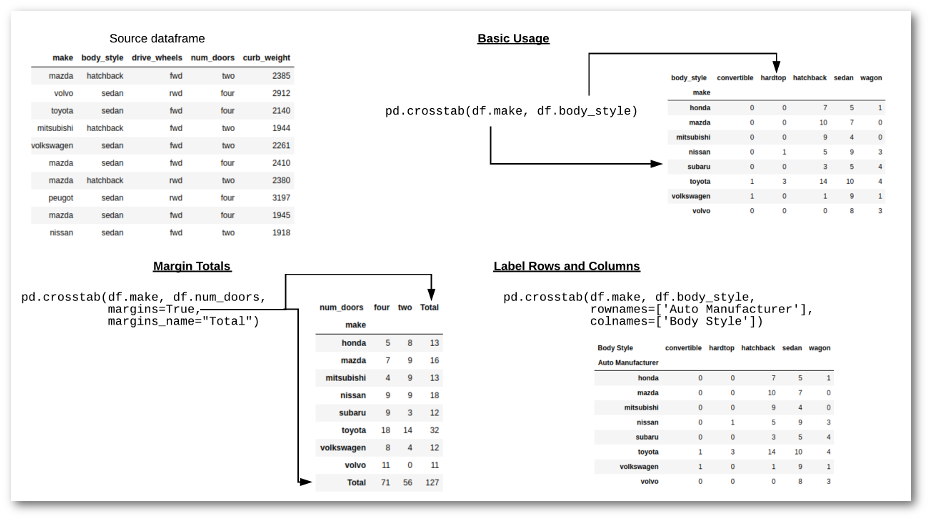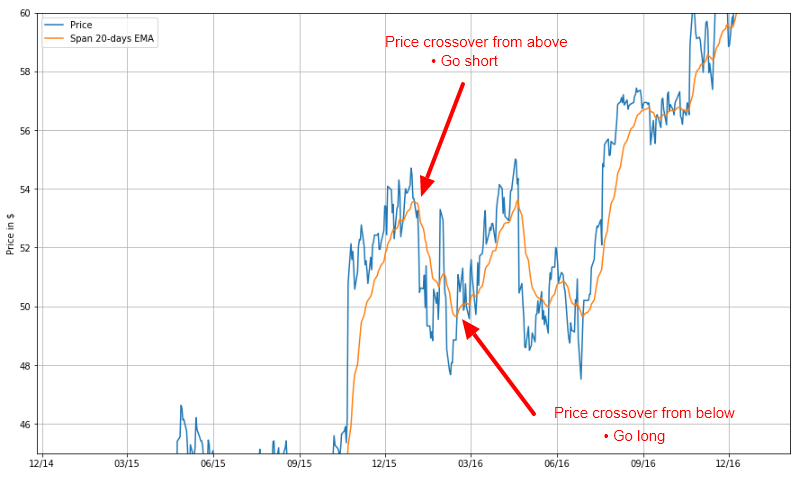

- WEIGHTED STANDARD DEVIATION AND AVERAGE PANDAS PYTHON HOW TO
- WEIGHTED STANDARD DEVIATION AND AVERAGE PANDAS PYTHON CODE
Plot the data using a histogram and analyze the returned graph for the expected shape. Create some random data for this example using numpy’s randn() function. Until now, we have just talked about the ideal bell-shaped curve of the distribution but if we had to work with random data and figure out its distribution. Some examples of observations that do not fit a Gaussian distribution and instead may fit an exponential (hockey-stick shape) include: It is important to note that not all data fits the Gaussian distribution, and we have to discover the distribution either by reviewing histogram plots of the data or by implementing some statistical tests. The technical term for the pdf() function is the probability density function. Observations around 0 are the most common and the ones around -5.0 and 5.0 are rare. Then we ran it through the norm.pdf() function with a mean of 0.0 and a standard deviation of 1 which returned the likelihood of that observation. We generated regularly spaced observations in the range (-5, 5) using np.arange(). The points on the x-axis are the observations and the y-axis is the likelihood of each observation. # generate the data and plot it for an ideal normal curve 
We have libraries like Numpy, scipy, and matplotlib to help us plot an ideal normal curve.
WEIGHTED STANDARD DEVIATION AND AVERAGE PANDAS PYTHON HOW TO
How to plot Gaussian distribution in Python Let’s try to generate the ideal normal distribution and plot it using Python. Some common example datasets that follow Gaussian distribution are: It is named after the German mathematician, Carl Friedrich Gauss. The most commonly observed shape of continuous values is the bell curve, which is also called the Gaussian or normal distribution. When we plot a dataset such as a histogram, the shape of that charted plot is what we call its distribution.
WEIGHTED STANDARD DEVIATION AND AVERAGE PANDAS PYTHON CODE
the code snippets for generating normally distributed data and calculating estimates using various Python packages like numpy, scipy, matplotlib, and so on.Īnd with that, let's get started. estimates of variability - the dispersion of data from the mean in the distribution. 
estimates of location - the central tendency of a distribution.more about Guassian distribution and how it can be used to describe the data and observations from a machine learning model.In this post, we’ll focus on understanding:

This is the most studied distribution, and there is an entire sub-field of statistics dedicated to Gaussian data. Observations in a sample dataset often fit a certain kind of distribution which is commonly called normal distribution, and formally called Gaussian distribution. In statistics, the population is a broad, defined, and often theoretical set of all possible observations that are generated from an experiment or from a domain. This larger dataset which is all of the data that could be possibly collected is called population.
Others: For the other lesser-used parameters, see the official documentation.Once you understand the taxonomy of data, you should learn to apply a few essential foundational concepts that help describe the data using a set of statistical methods.īefore we dive into data and its distribution, we should understand the difference between two very important keywords - sample and population.Ī sample is a snapshot of data from a larger dataset. If not, then set your level to the level you want to compute the STD for. 95% of the time this won’t matter because you’ll be on a single index. level = For when you have a multi index. If you set skipna=False, make sure you understand how your NAs are impacting your results. skipna = By default, Pandas will skip the NAs in your dataset. axis = Do you want to compute the standard deviation across rows? or or columns? Index (rows) = 0, columns = 1. The standard deviation function is pretty standard, but you may want to play with a view items. This would mean there is a high standard deviation. The chart on the right has high spread of data in the Y Axis. Meaning the data points are close together. In the picture below, the chart on the left does not have a wide spread in the Y axis. Standard deviation describes how much variance, or how spread out your data is.








 0 kommentar(er)
0 kommentar(er)
